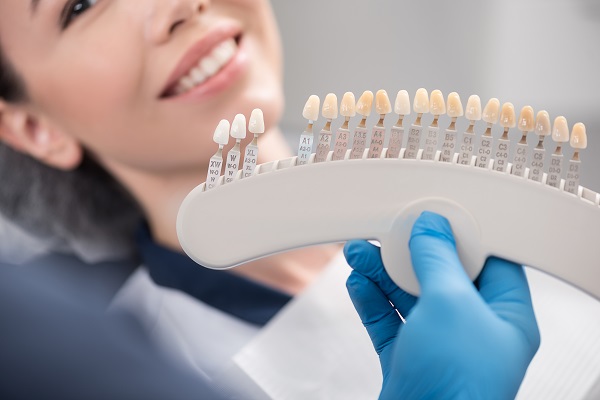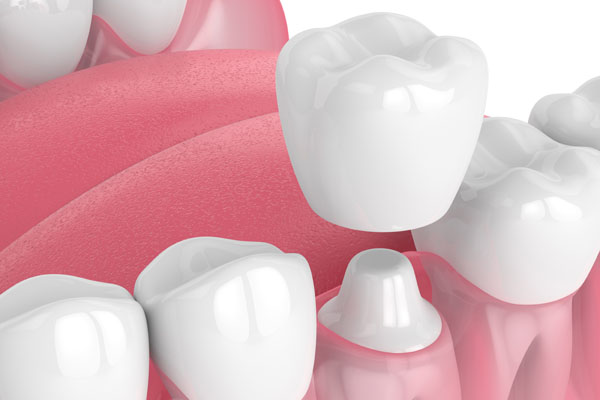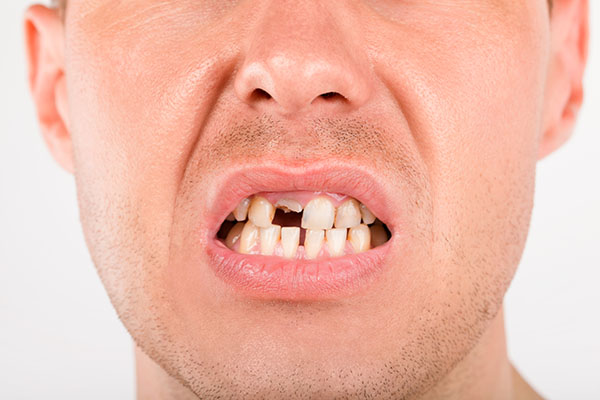Healing After Getting Dental Veneers

Many patients choose dental veneers to overcome embarrassing cosmetic issues with their teeth. If you are thinking about choosing this method to cover up blemishes, you should know how the process works. The process is moderately invasive and should not cause a large amount of pain and discomfort. Ultimately, you can be happy with the results and quickly resume normal activities.
Preparation for dental veneers
The dentist will first talk to the prospective patient about what the process entails. The dentist may discuss all of the person’s options for treating a wide range of issues. Some of these may include crowns, bridges, implants, teeth-whitening products and aligners. The dentist will guide the patient to make the right decision according to the person’s needs and goals. Once both parties agree that veneers make the most sense, the patient will schedule an appointment to start the treatment.
Getting the teeth ready
A veneer is a thin porcelain shell that the dentist will place on the front of the affected tooth. Patients may choose dental veneers to cover cracks, chips or fractures. This may even be a viable choice for people with discolored teeth or misshapen teeth. Before attaching the dental veneers to the teeth, the dentist will remove between 0.3 millimeters and 0.5 millimeters of enamel. Often, the dentist must also reshape the tooth so the veneers will fit nicely. Gum contouring may take place to even the gumlines.
Managing pain
The dentist will give the patient a local anesthetic to numb the mouth and prevent the person from experiencing pain during the procedure. Once the tooth is ready to receive dental veneers, the dentist uses cement to fix the shell to the tooth. Using light, the dentist speeds up the hardening process. After the numbness wears off, the patient may feel some soreness and discomfort. The patient can take over-the-counter pain medication to control any irritation in the mouth. Prescription medicine is usually not necessary, though the dentist can prescribe drugs if the patient is struggling with recovery.
Healing timeline
Gum and tooth soreness can persist for two to three weeks. Patients may also have tooth sensitivity when eating and drinking hot or cold items. The feel of the person’s bite may seem different. The patient may also experience some minor changes to their speech.
Important recovery tips
After getting dental veneers, the patient should use sensitive toothpaste and drink lukewarm water. It is a good idea to avoid hard, crispy and tough-to-chew foods such as nuts, chips and steak. As soon as the patient returns home after the procedure, it is vital to resume regular brushing and flossing habits.
Enjoy what veneers can do for you
Though it may take a few weeks to get used to dental veneers, the efforts are well worth it. You can experience a revitalized smile and a whole new look. A cosmetic dentist near you has the knowledge and training to repair defects with your teeth and restore your facial appearance. Call your dentist today and begin this process.
Request an appointment here: https://metrosmiles.com or call Metro Smiles Dental at (718) 841-9591 for an appointment in our Forest Hills office.
Check out what others are saying about our services on Yelp: Read our Yelp reviews.
Recent Posts
Crowns are commonly used in dental restorations. A crown is a cap shaped like a tooth but hollow in the middle. It fits over a natural tooth that has to be prepared first. Depending on the issue it is correcting, a crown can be used by itself or as a component of another restoration technique.Teeth…
Dental restorations are used to repair or strengthen damaged teeth and to replace missing teeth. The damage may be the result of routine decay, extensive decay, fractures, weak gums, and many other dental issues. Dentists recommend restorations based on the tooth, its location, the source of trouble, the health of surrounding teeth, tooth color, patient…
A dental crown can restore a damaged, worn, or weakened tooth. This restoration can bring back your healthy smile and stable dental function. Knowing the benefits of dental caps can motivate you to set an appointment soon. Here are the benefits of a dental crown that you must consider.Losing a tooth can be annoying, especially…
Dental restorations help individuals regain oral functions like chewing and achieve better smiles. Although dentists' skills and experience are necessary to achieve favorable results, material choices contribute significantly to patient satisfaction.Dentists consider the location of teeth in the mouth and patients' input when selecting materials for dental restorations.Dentists aim to restore the function and appearance…


